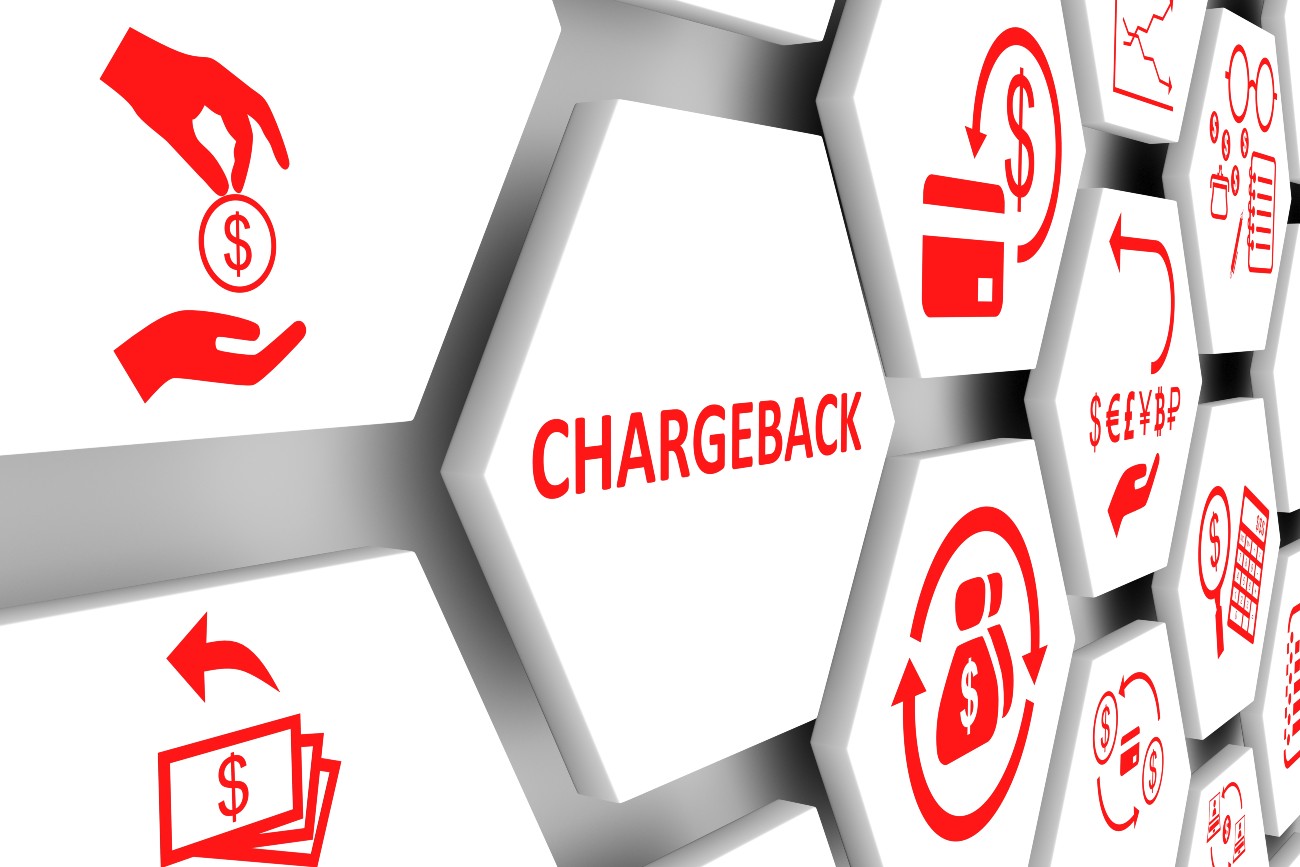There are a lot of problems that can occur as a small business owner, including something called chargebacks. Creditcards.com reports there’s an estimated 615 million chargebacks happening around the world annually.¹ This is when a customer has a poor experience or technical issue with a business and requests the money to be refunded back onto their card. This can be a pain for business owners in more ways than one, which is why you’ll want to understand how they happen by searching online.
Business owners can implement prevention policies into their work in order to prevent chargebacks. Search online to find out what merchants do to protect their business in relation to chargebacks.
 Profit_Image / Shutterstock
Profit_Image / ShutterstockWhat Exactly Are Chargebacks?
Everyone has gone back to a retailer for a refund at one point or another. While this is beneficial for customers, it can be a hassle for businesses. But what can be even more complicated for businesses is when a chargeback occurs due to a dispute through their bank.
Sometimes, customers or their bank will dispute a charge on their card and win. This means the payment is refunded back into their account and the business loses its money. Sometimes, it’s a valid reason. However, this can also happen due to fraudulent activity. Chargebacks can occur on both debit and credit cards.
Some reasons why a chargeback may occur include:
- The customer never received items from the merchant.
- A merchant has mistakenly duplicated a charge.
- Technical issues caused a mistaken charge.
- Cardholder’s information has been compromised.
Investopedia says that debit card chargebacks are governed by Regulation E of the Electronic Fund Transfer Act, while credit cards are governed by Regulation Z of the Truth in Lending Act.² When a chargeback occurs, merchants typically have to pay a fee per transaction that covers processing costs.
Chargebacks Cost Businesses Money
Businesses need to ensure there is no foul play that can lead to chargebacks, especially since retail fraud is becoming increasingly rampant. LexisNexis reports that attempts have tripled since 2017 and businesses lose more than $3 for every “stolen” dollar.³
There are a lot of costs that come with chargebacks. According to The Blueprint, businesses often have to pay money towards:⁴
- Lost processing fees;
- Chargeback investigation;
- Merchandise redistribution;
- Management labor;
- Chargeback fees, and;
- Potential lost sales and customers.
How to Avoid Chargebacks
First and foremost, businesses need to understand how and why chargebacks occur in the first place. This gives you an idea of what it will take to prevent them from happening. You can then start implementing easy protocols into your day-to-day work.
It’s important to be clear with your customers regarding policies, shipping, and returns. If there are charges, make them easily visible so customers know what they are agreeing to. Retail Council says this clarity should also apply to product description and images.⁵ That way, customers cannot claim to receive the wrong product.
Make sure not to double charge a customer on their order or charge them the wrong price. On the other hand, ensure you’re issuing the right amount when a customer requests a refund. Do it as soon as you can to prevent them from initiating a chargeback.
Other ways to avoid chargebacks include:
- Having your business name on all receipts, online or in-store.
- Encourage tap or insert payments instead of keyed-in transactions.
- Verify addresses for internet orders.
- Inform customers with possible delays in their order shipment.
- Provide customers with shipping tracking numbers.
- Document customer agreements to recurring payments.
You Could Capitalize Off Chargebacks
Not all chargeback claims have to result in money loss. Instead, you may be able to use it as an opportunity to win back the trust of your customers. You’ll need to first understand that something had to have gone wrong for it to have gotten to this point.
Creditcards.com explains how small businesses can resolve chargeback issues with personalized service. Rather than immediately accept the chargeback, contact the customer directly for an alternative solution. You can try to explain what went wrong and how your business will prevent this from happening again.
Afterwards, see if there is anything you can do for the customer. Understand what happened from their perspective to see how you can avoid future chargeback claims. By taking responsibility and doing everything you can to woo the customer, you could prevent a chargeback from being filed and losing a customer.
Learn More About Chargebacks Online
All business owners need to understand chargebacks and why they can happen. You can end up losing a lot of money if they are not handled properly or actively being prevented. Whether it’s due to fraud or a customer dispute, there are things you can do to minimize chargebacks.
Search online to find out what can be done to protect your business from chargebacks. There are plenty of resources outlining what is in a business’s control, as well as what you can do to protect your business from fraudulent activity.


